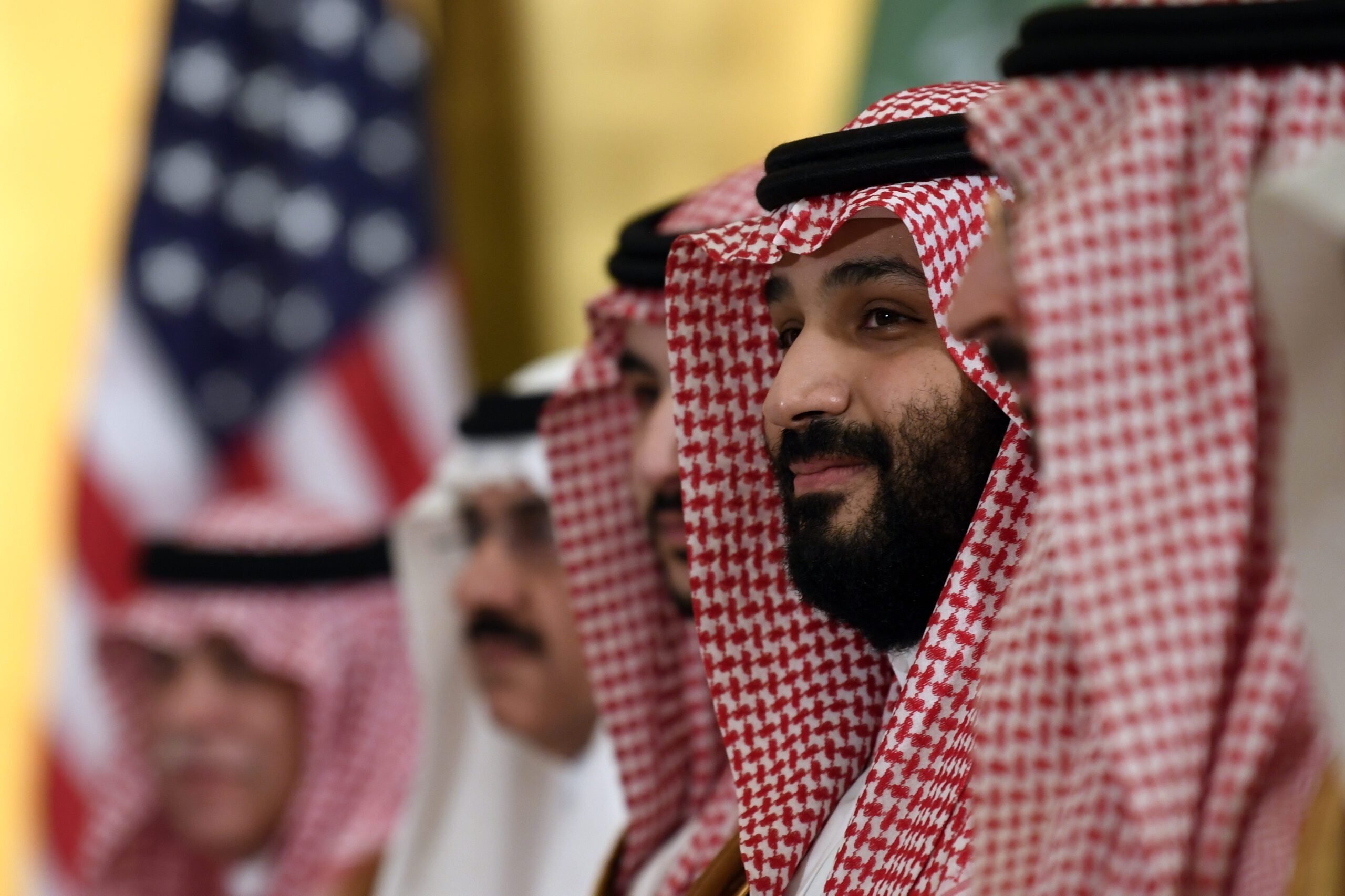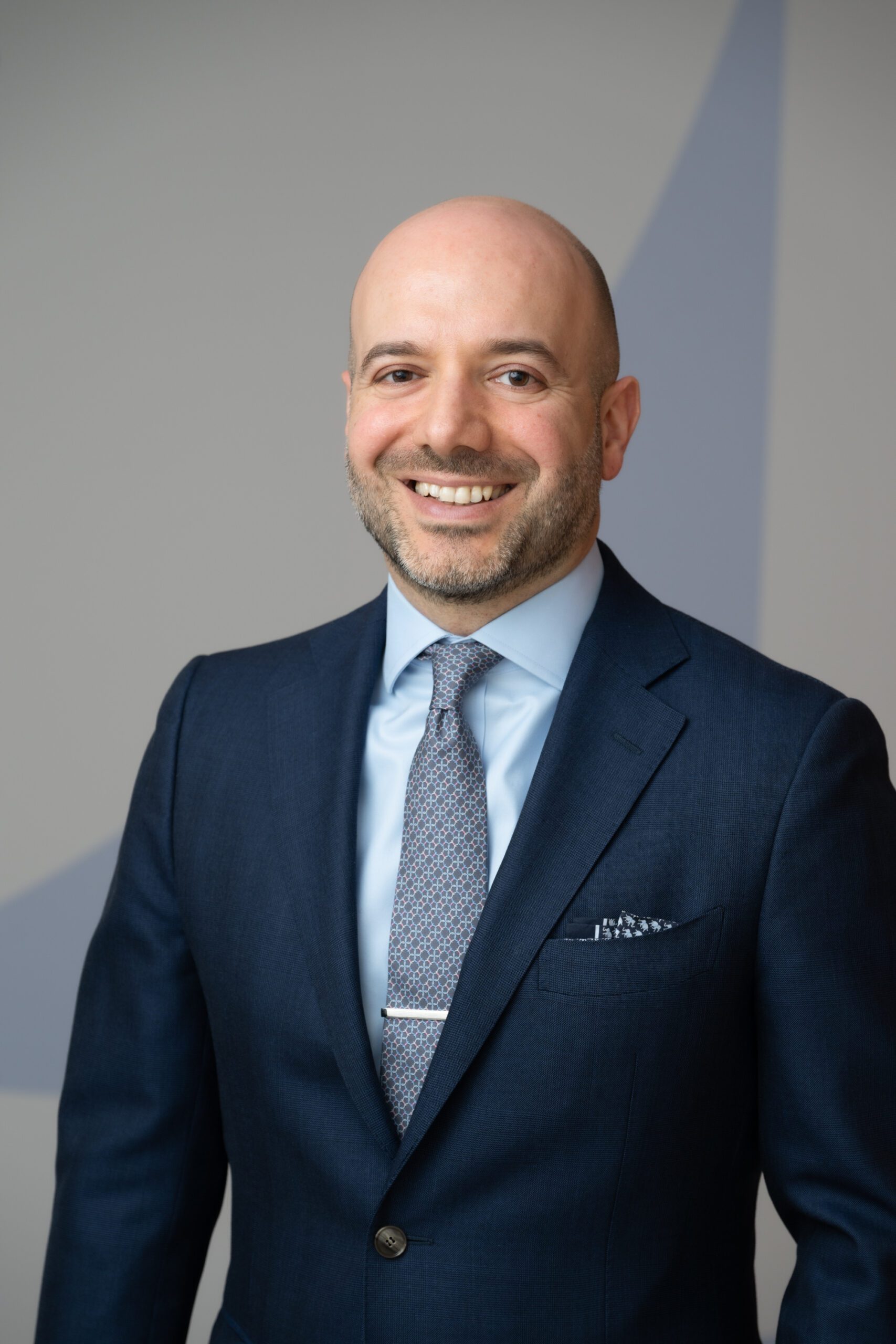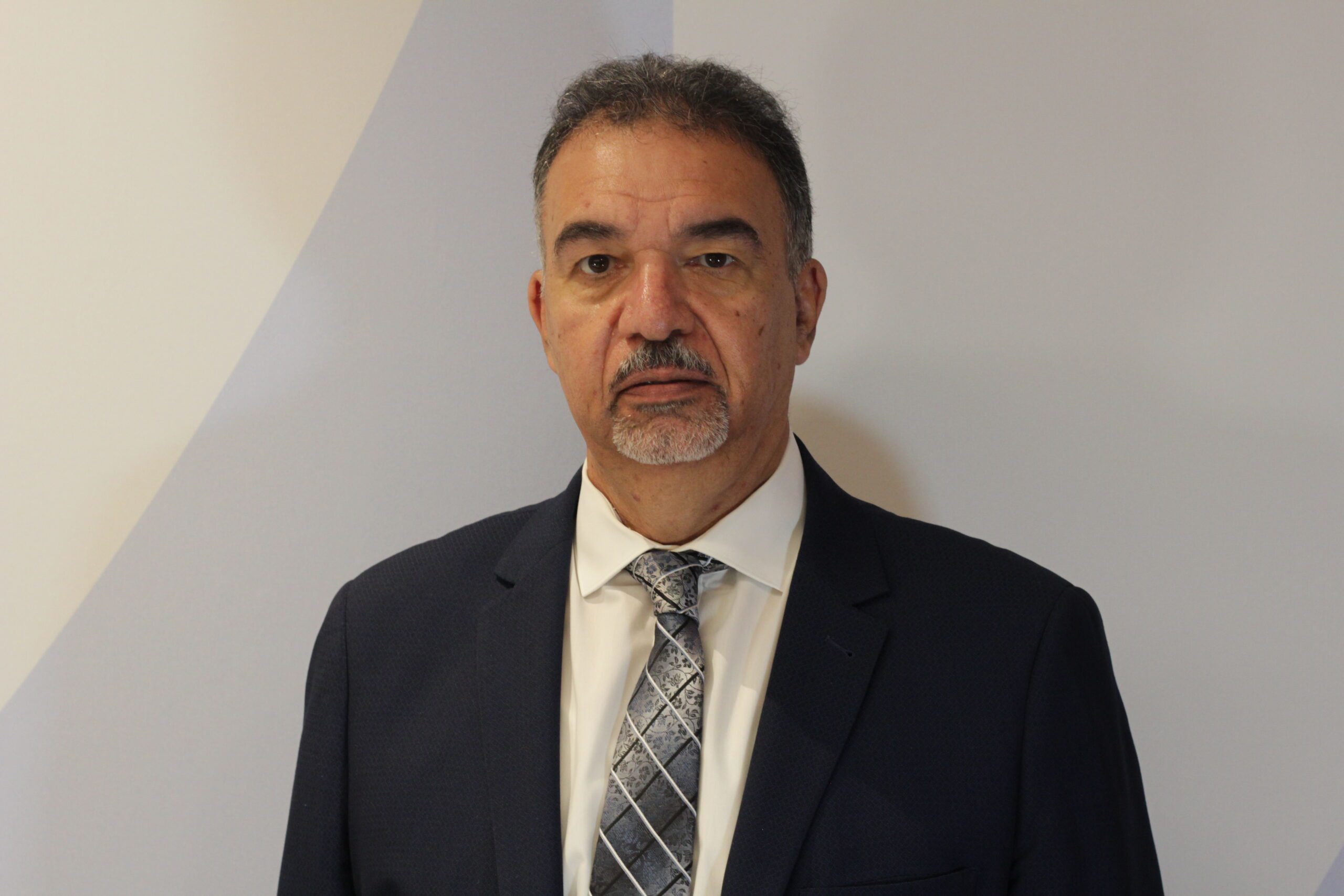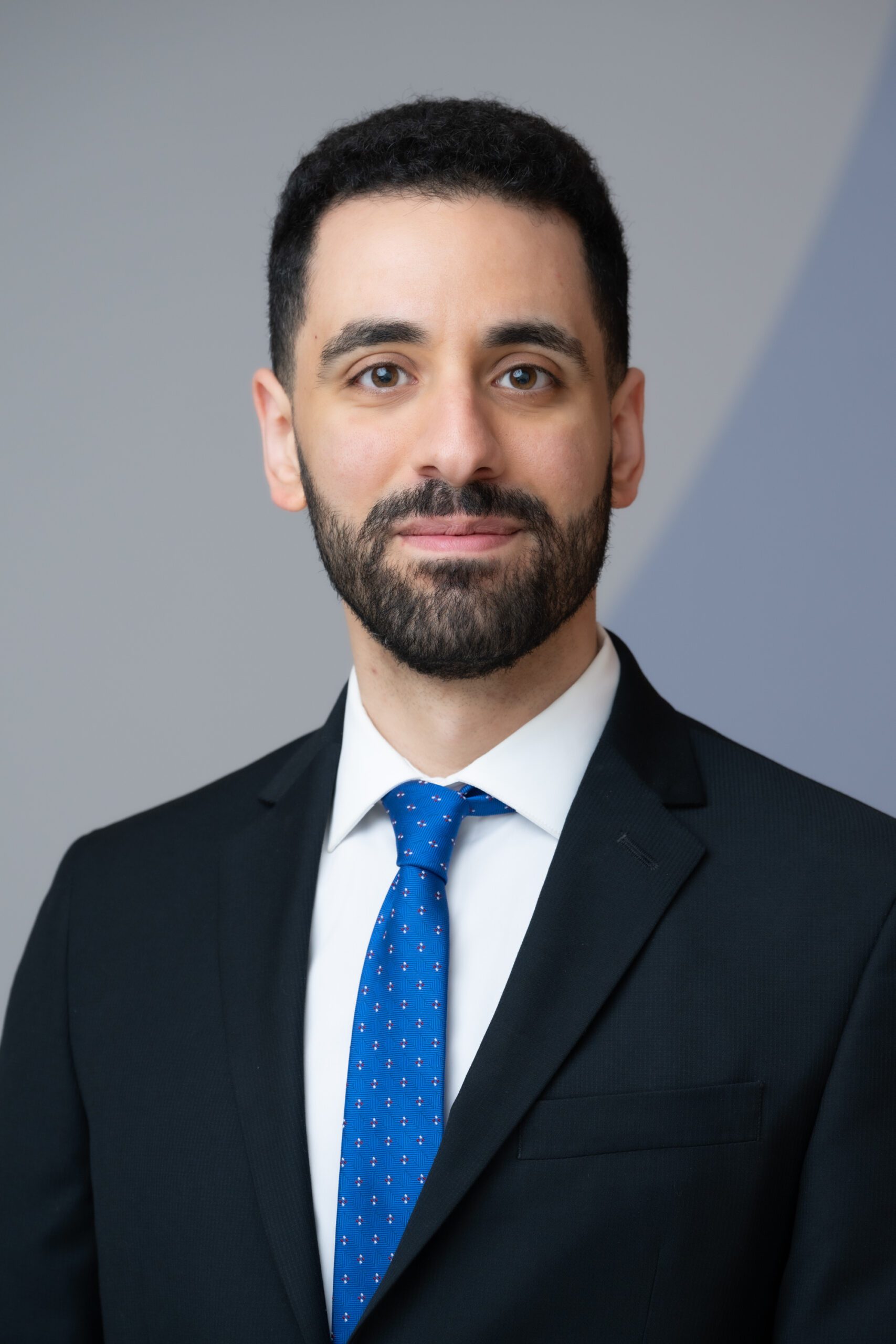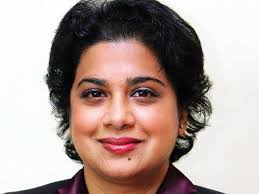Economy
Dec 22, 2025
Outlook 2026: Prospects and Priorities for U.S.-Gulf Relations in the Year Ahead
On January 8, AGSI will host a virtual roundtable with its leadership and scholars as they look ahead and assess trends likely to shape the Gulf region and U.S. foreign policy during the coming year.
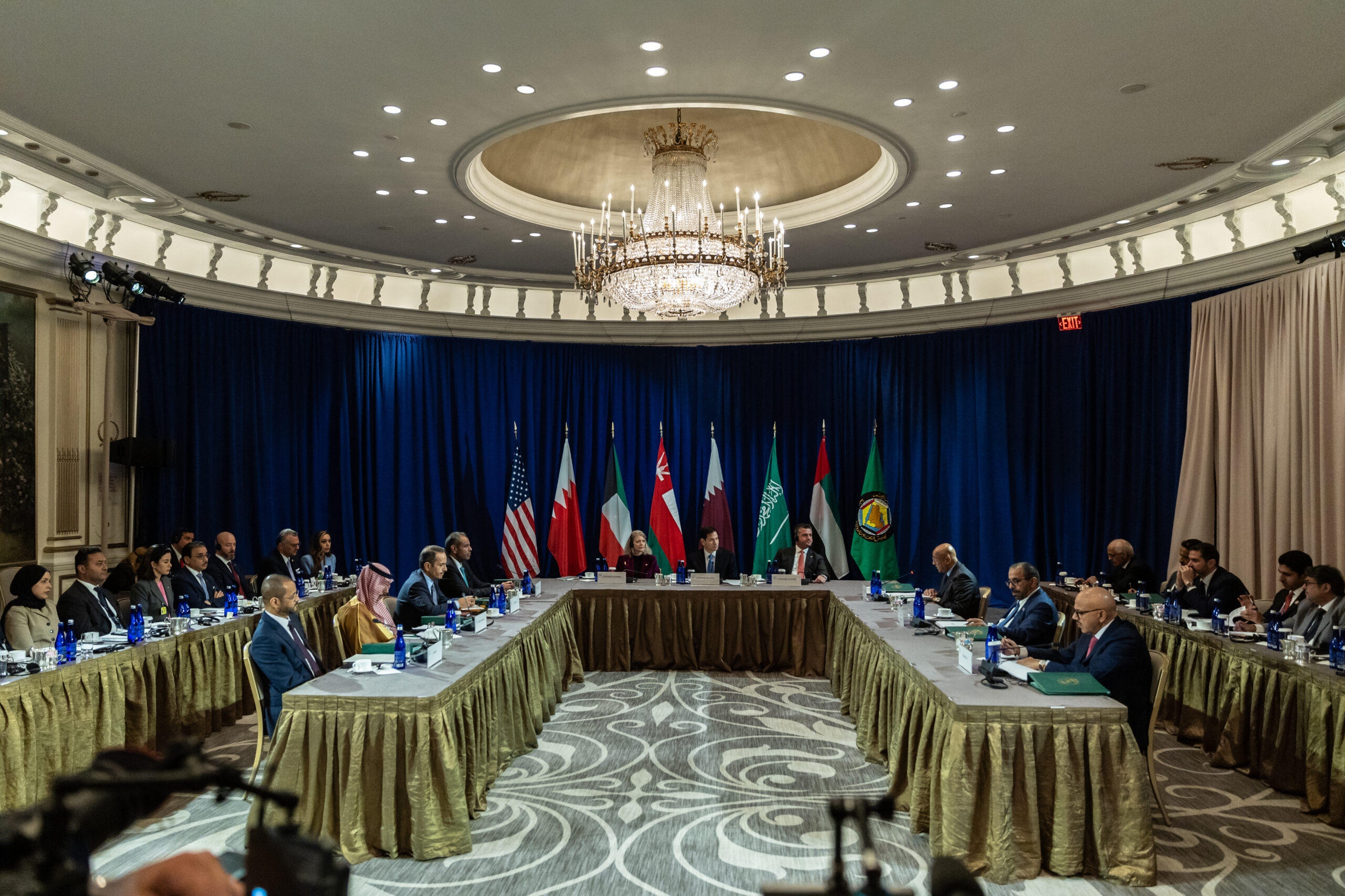
Dec 10, 2025
The New Gulf IPO Playbook: Sector Diversification and Growing Investor Selectivity
The region’s landscape for initial public offerings is entering a more mature and globally aligned phase after a trend-defying boom.
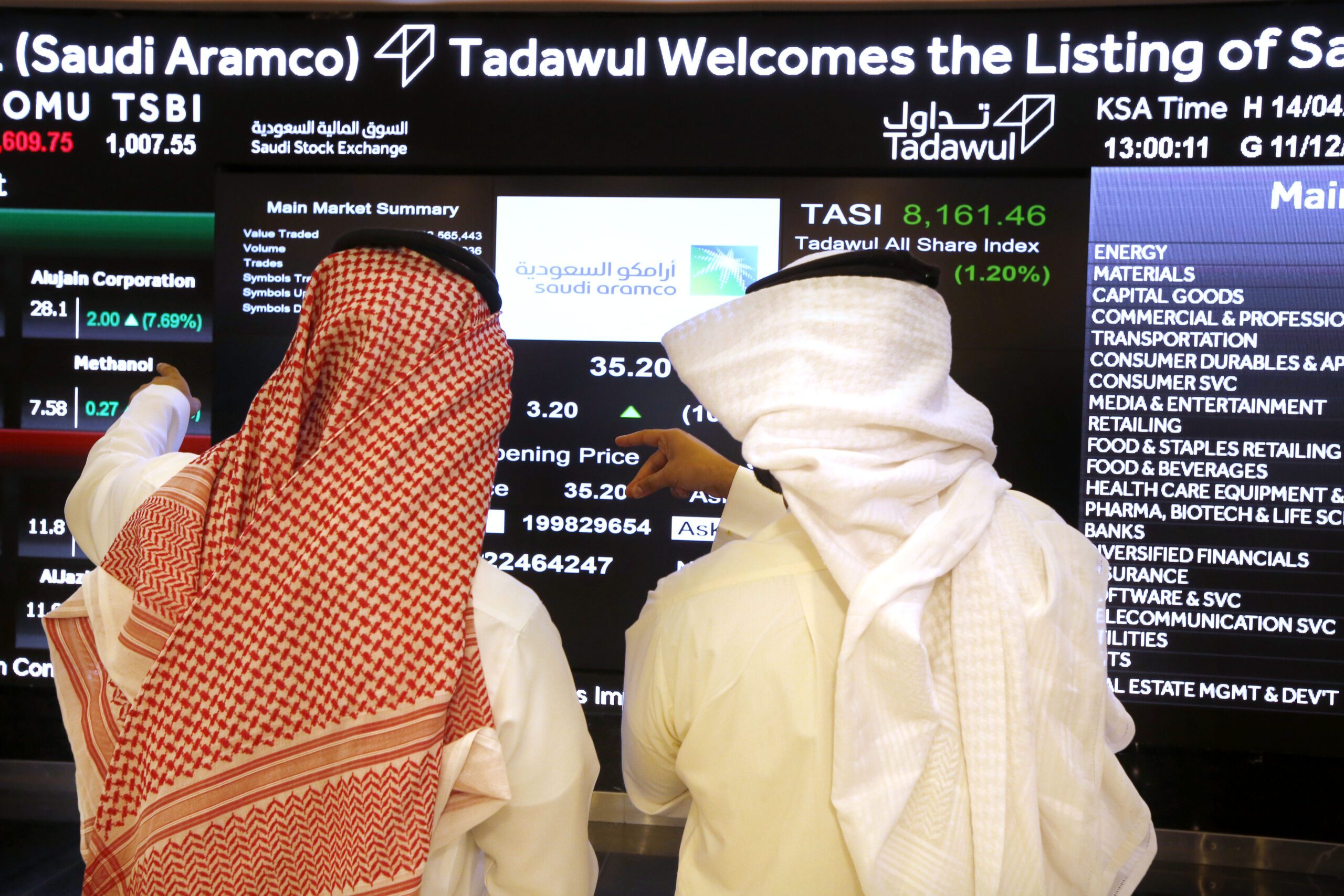
Dec 10, 2025
Looking to 2026: Economic Prospects and Policy Challenges in the GCC
On December 15, AGSI hosted a discussion on the future of Gulf economies.
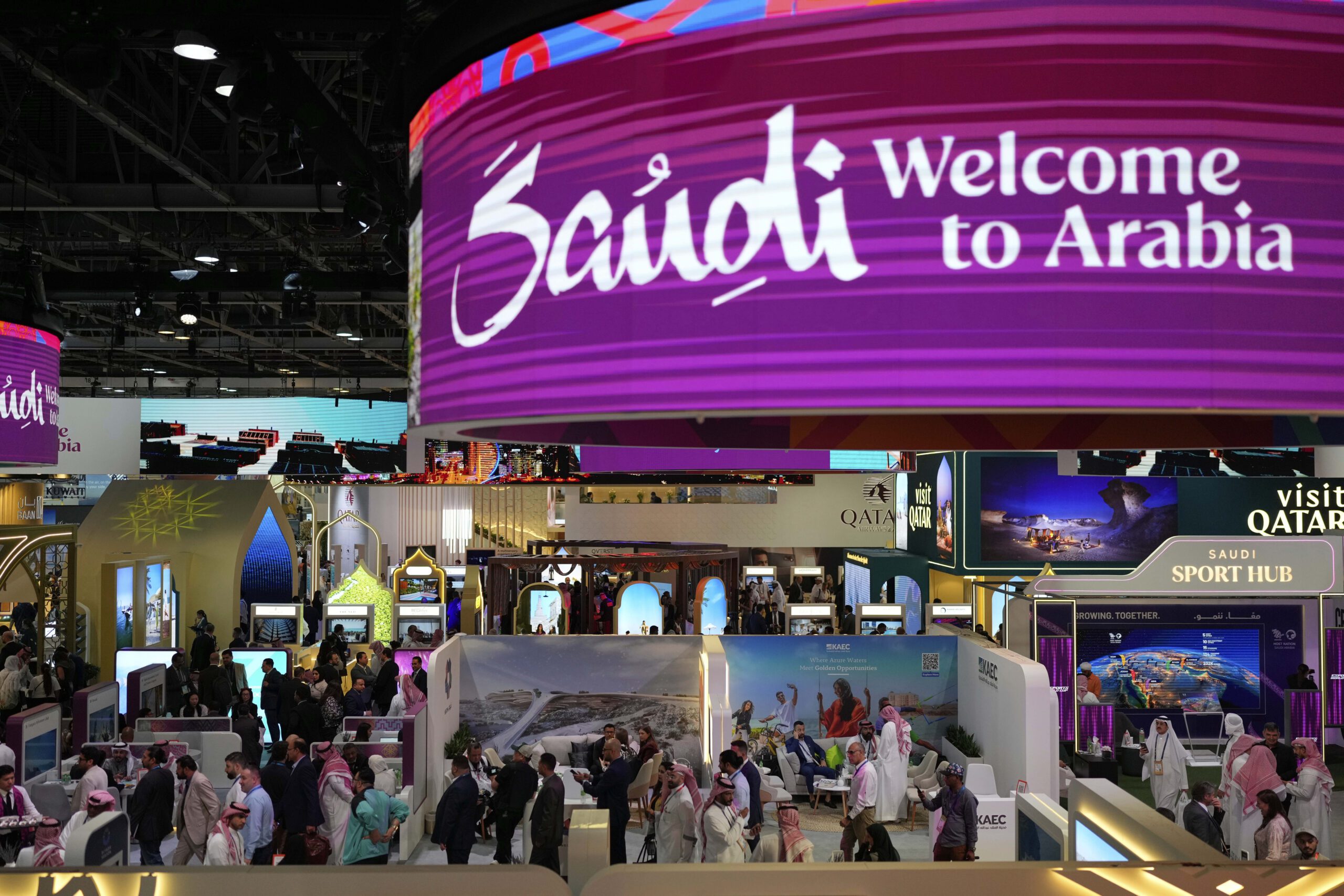
Dec 5, 2025
Diverging Paths: Gulf Critical Mineral Strategies
Gulf states are active in the critical mineral sector, but their approaches and strategies vary widely.

Dec 4, 2025
Putting the 2026 Saudi Budget Under the Microscope
The Saudi government projects that the budget deficit will narrow during 2026-28, but this will depend on a rebound in oil prices and tight control of spending.

Nov 25, 2025
Firmer Details Emerge on U.S.-Gulf AI Cooperation
U.S. authorizations for exporting advanced chips to the leading Gulf technology firms is sure to please regional authorities, who will push to broaden and accelerate technology collaboration with the United States.
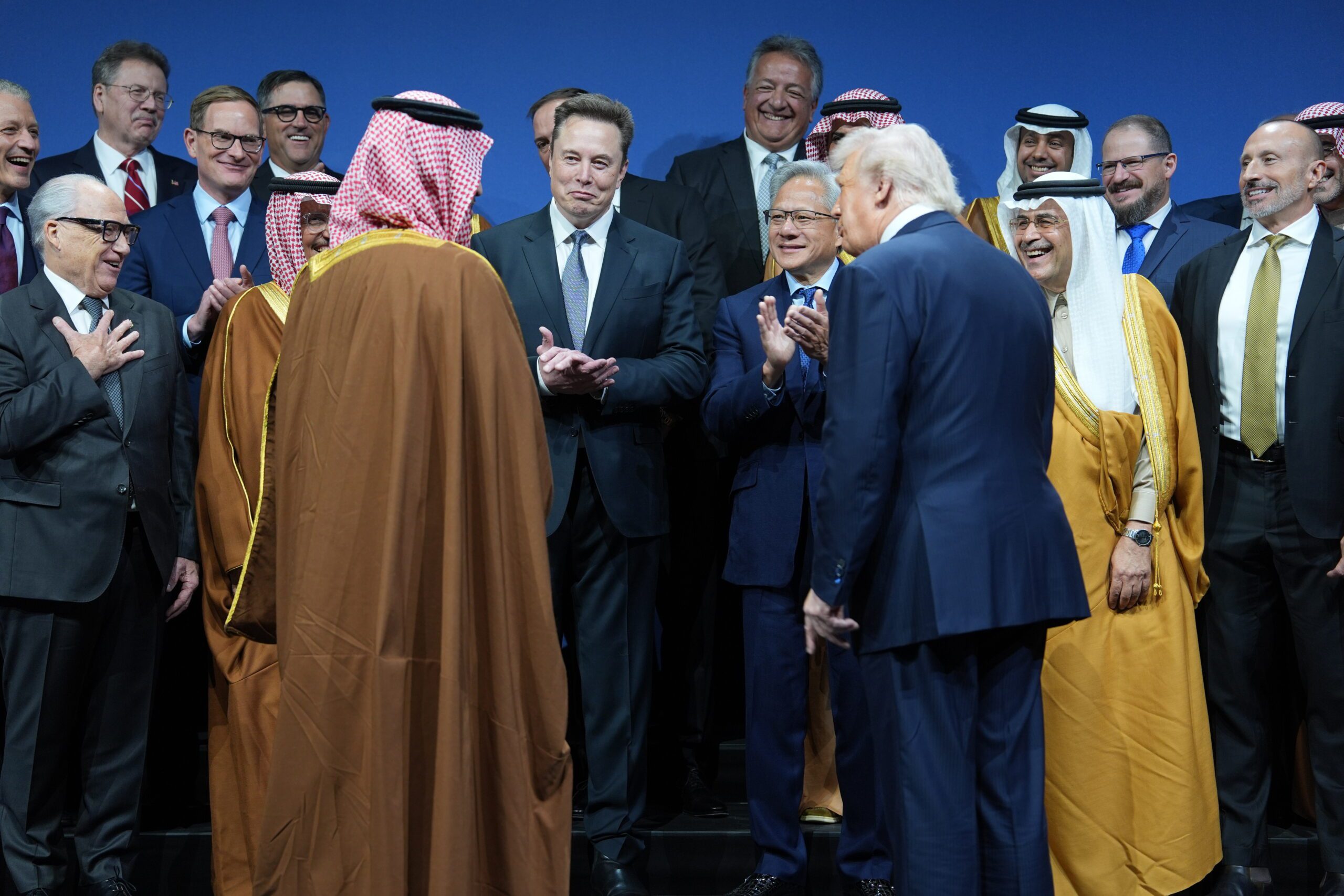
Nov 14, 2025
The Ties That Bind: The U.S.-Saudi Trade and Investment Relationship
Trade and investment links between the United States and Saudi Arabia appear to be growing and will get a further boost when the Saudi crown prince visits the White House on November 18.
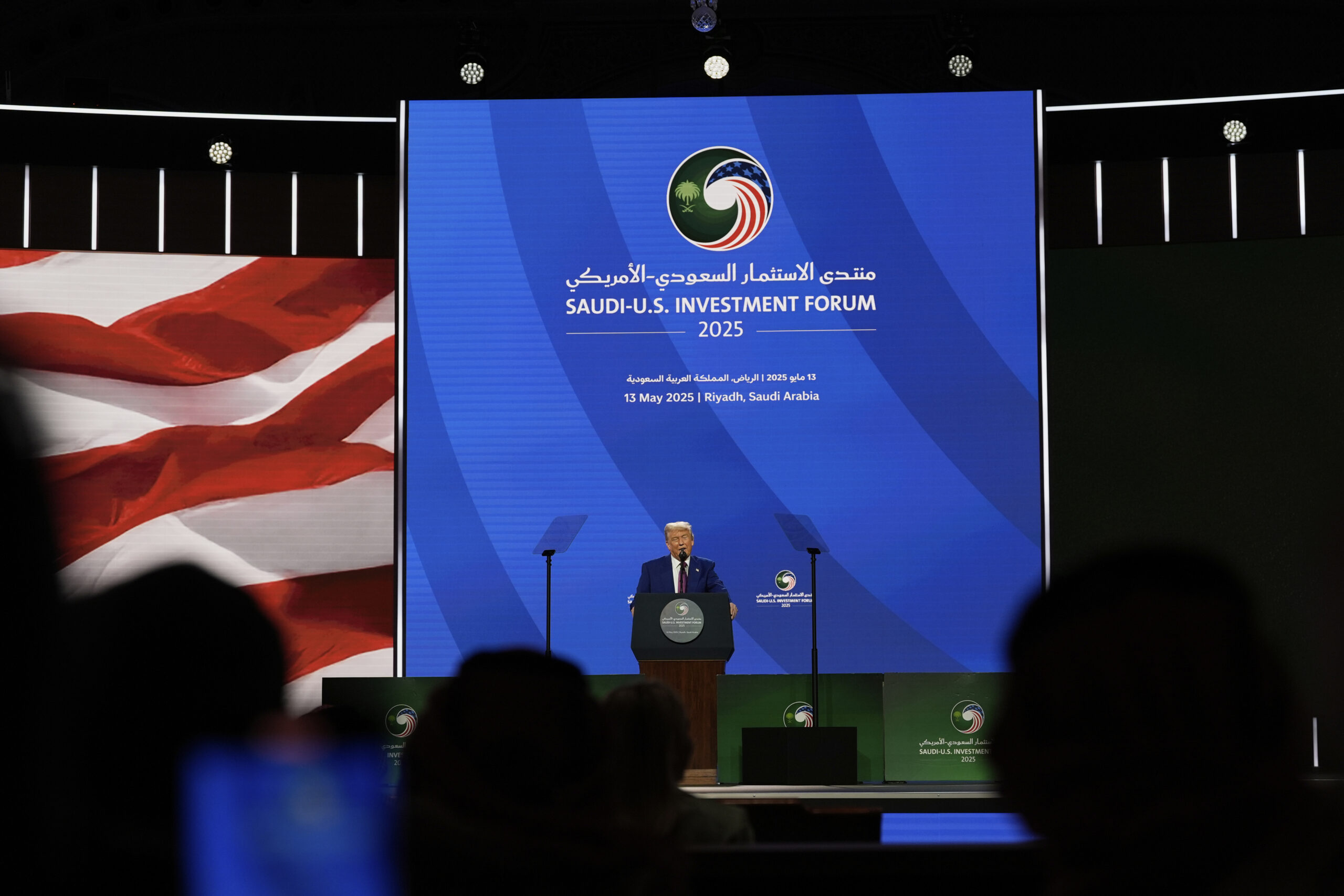
Nov 10, 2025
Four Priorities for Mohammed bin Salman in Washington
When the Saudi crown prince meets President Trump in Washington, the main topics of discussion are likely to be commercial deals, a defense pact, a Saudi civilian nuclear program, and normalization with Israel.
